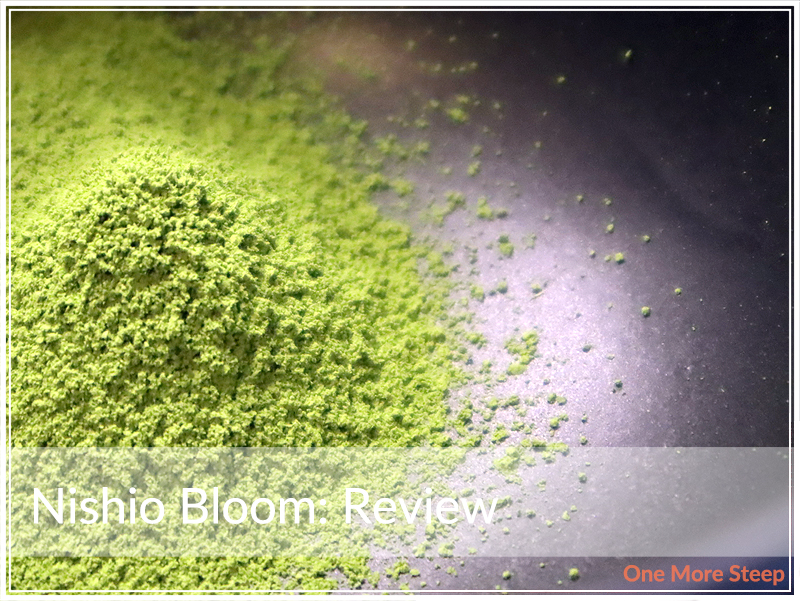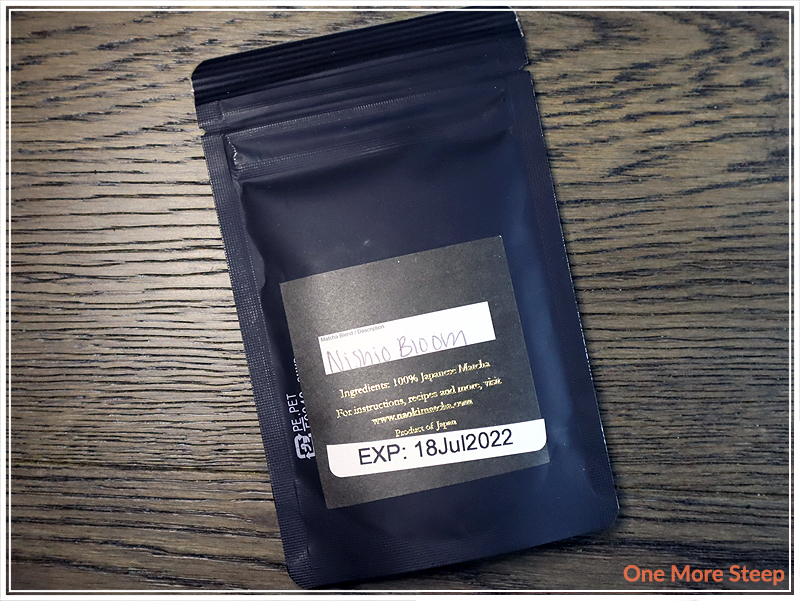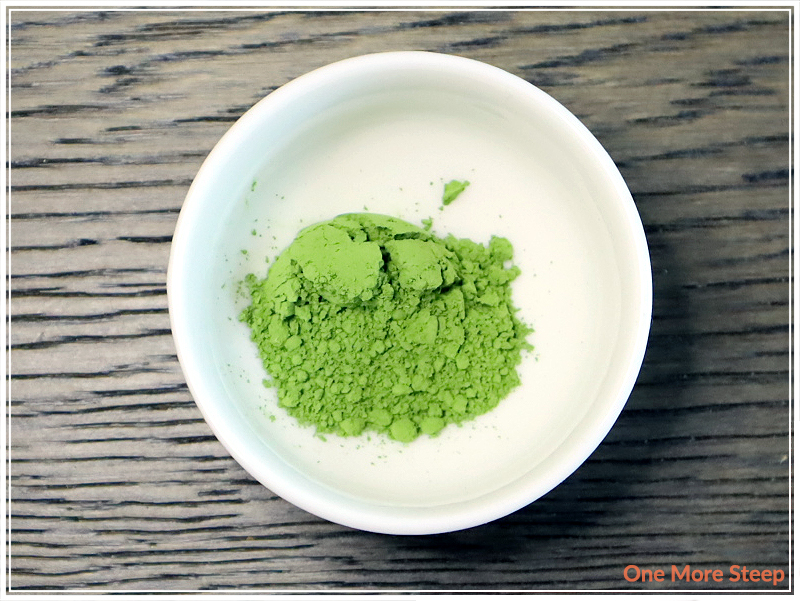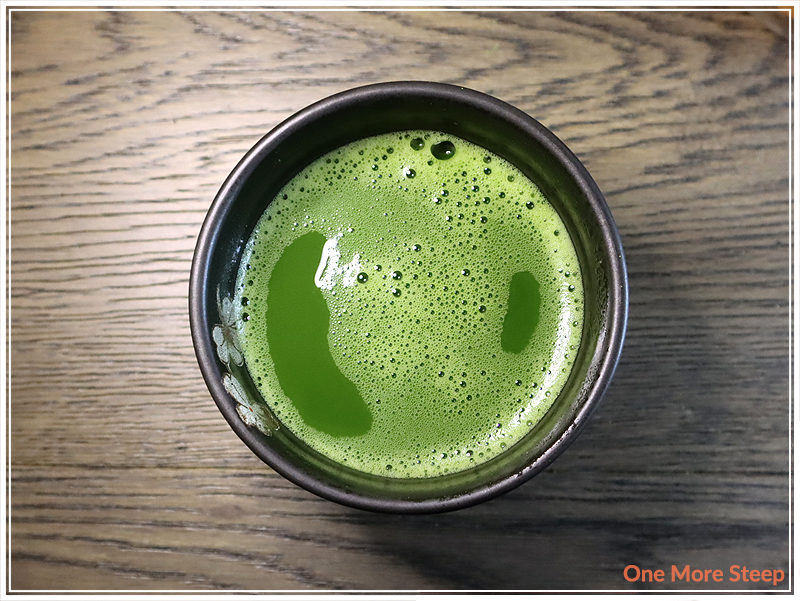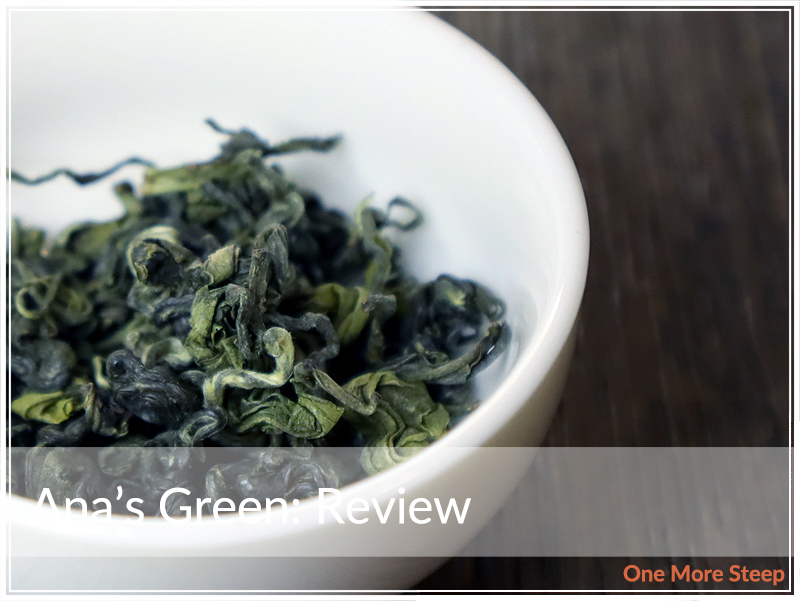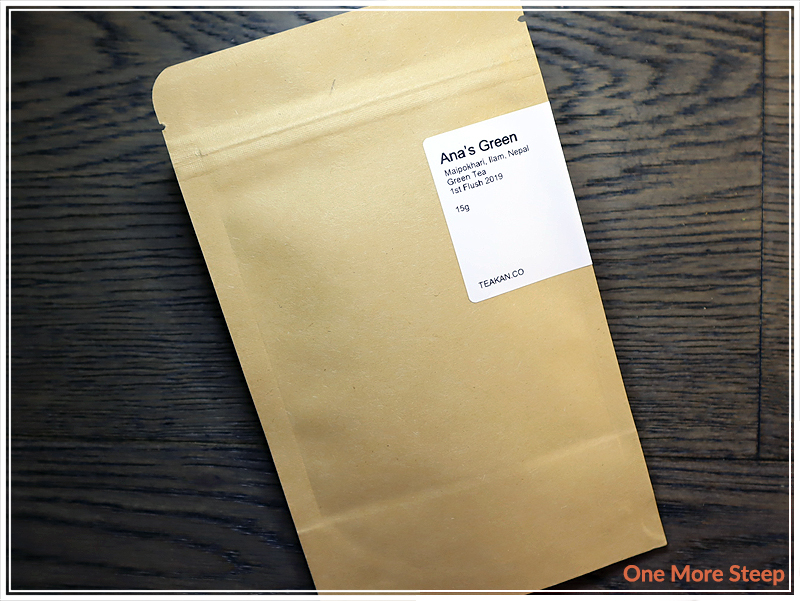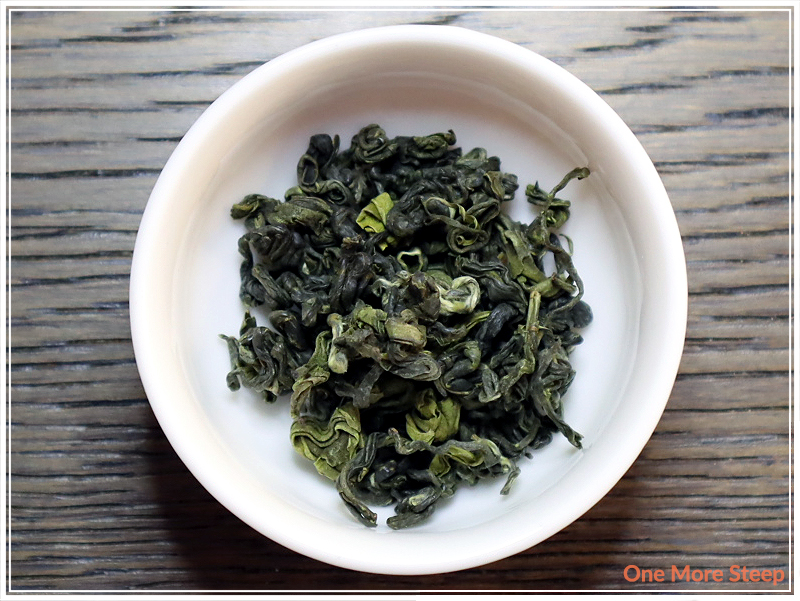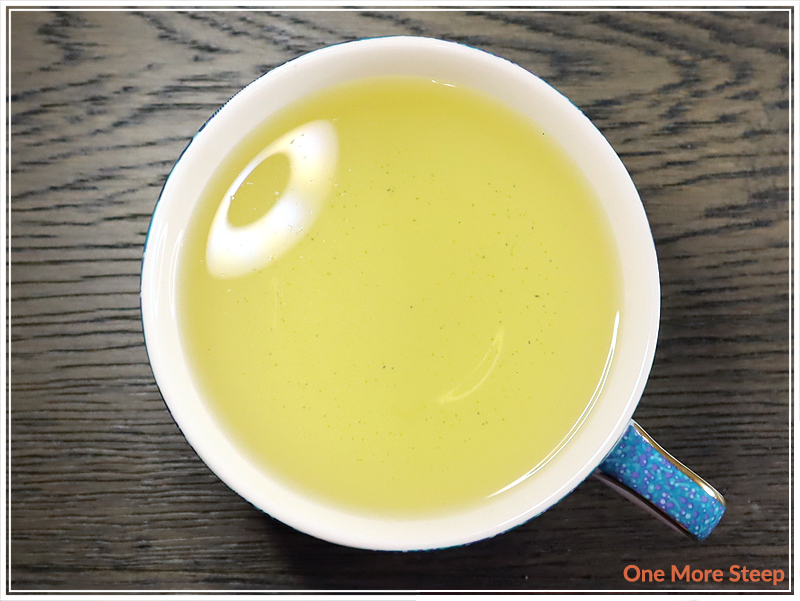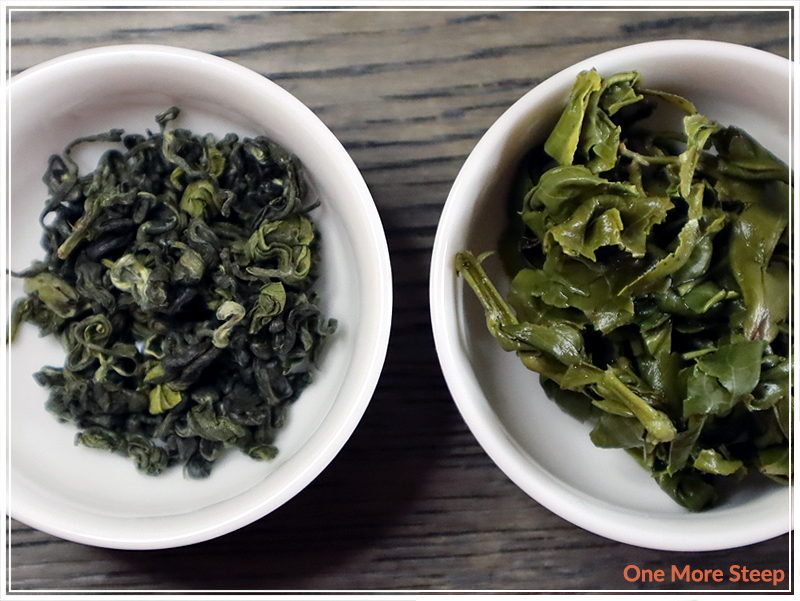Mango Lemonade by DavidsTea
Black Tea / Flavoured
$8.98 for 50g

First Impressions
We are solidly into autumn with pumpkin spice and apple pies, but when a tea blogger still has some untried iced tea in the box of new-to-her teas, we’re going to discuss some iced teas. This is a black tea blend from DavidsTea called Mango Lemonade and I definitely purchased it online with the plan to make it iced. Of course, I purchased a lot of teas to make iced over the summer, and honestly we just didn’t host as many events or go to as many events as we originally hoped would be possible. Things have been up and down here in British Columbia in terms of opening up, restrictions, and just gauging the comfort level of our friends and family has been important to us in order to keep everyone safe and comfortable. That said, here’s a black tea blend that I got to try, and let’s see what both me and my husband thought of it!
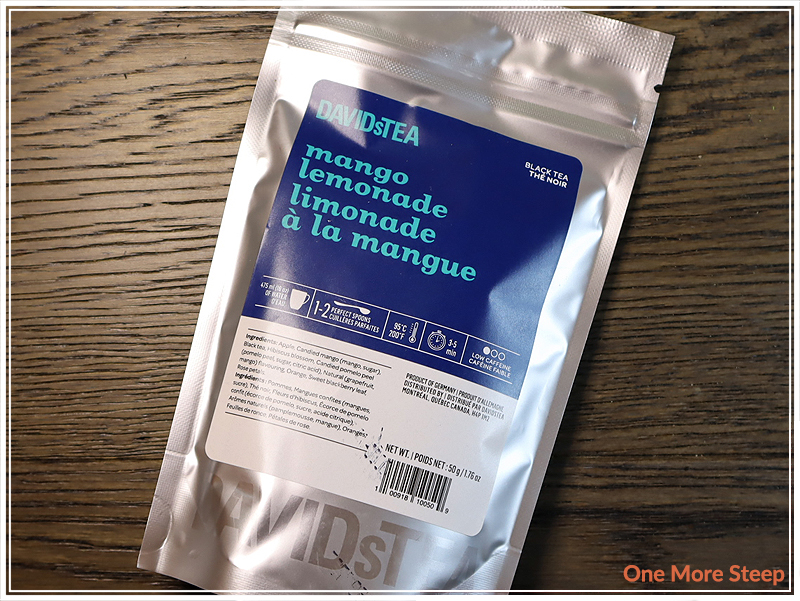
Mango Lemonade comes in sealed, resealable silver pouch. It has a very familiar label from DavidsTea. I’ve commented before in the last about the tiny print and really, that still hasn’t changed. Mango Lemonade consists of: apple, candied mango, black tea, hibiscus blossom, candied pomelo peel, natural flavouring, orange, sweet blackberry leaf, and rose petals. The aroma of this blend reminds me a lot of mango candy and a blend of oranges and lemon (there is that pomelo in there – and if you’re not familiar with the fruit, it is part of the citrus family). It’s a pretty blend to look at, and I would highly recommend giving your bag a shake if it is sitting in your tea stash for a while. When I first opened it up, all I saw were the fruity pieces. I did have to give it a shake to redistribute the black tea leaves throughout.
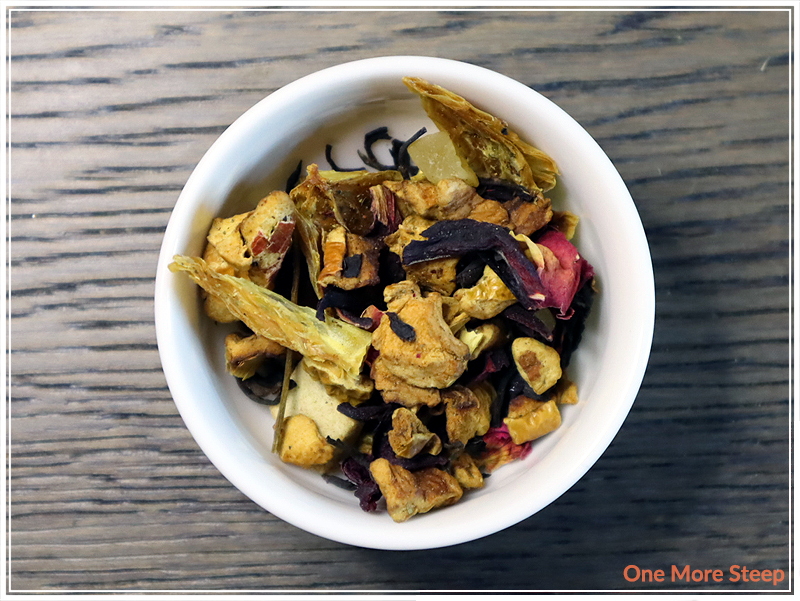
Preparation
DavidsTea recommends steeping Mango Lemonade in 95°C (200°F) water for 3 to 5 minutes. I followed the steeping instructions and did an initial steep of Mango Lemonade for 5 minutes.
First Taste
Mango Lemonade steeps to a surprisingly orange tea. I say surprisingly because of the presence of hibiscus blossoms in the blend, and that usually lends itself to steeping a bright pink (which I am a fan of). Steeping this reminds me of mango and lemons, it has a great bright burst of citrus flavours and I really enjoy it. It’s not as sweet as I would have liked a lemonade inspired tea to be, even with the presence of candied fruit. There’s a bit of an aftertaste to Mango Lemonade that reminds me a lot of lemongrass.
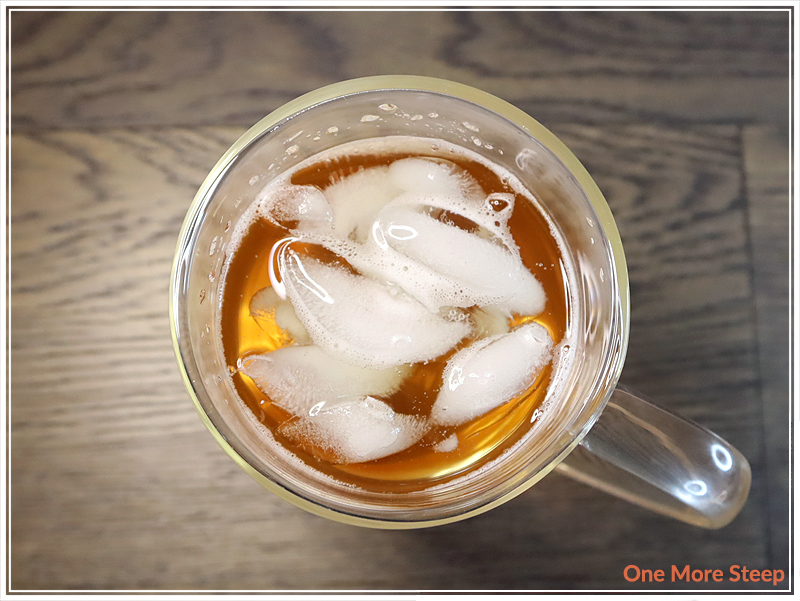
A Second Cup?
As a primarily fruit infusion, Mango Lemonade didn’t resteep well because a lot of those fruity flavours in the initial steep were just lacking in the second go around with the same leaves. I would recommend Mango Lemonade for just the one steep.
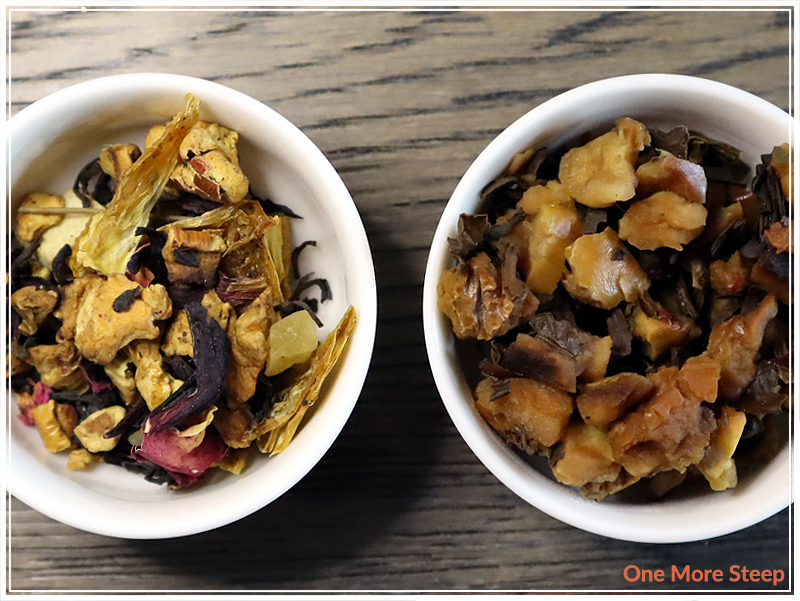
My Overall Impression

I liked DavidsTea’s Mango Lemonade. While I really enjoyed the mango and citrus flavours in this black tea blend, I found that the black tea didn’t really shine through in this blend in a way that made me enjoy it. The lemongrass aftertaste didn’t really round out the flavour of the blend the best, because I was hoping for a stronger fruit presence. As for what my husband thought, he still prefers the ‘usual’ flavours of iced teas that I often make, so it’s not likely to be a regular feature in our fridge when I go to make iced teas.
Curious about the cup rating system? Click here to learn more.
